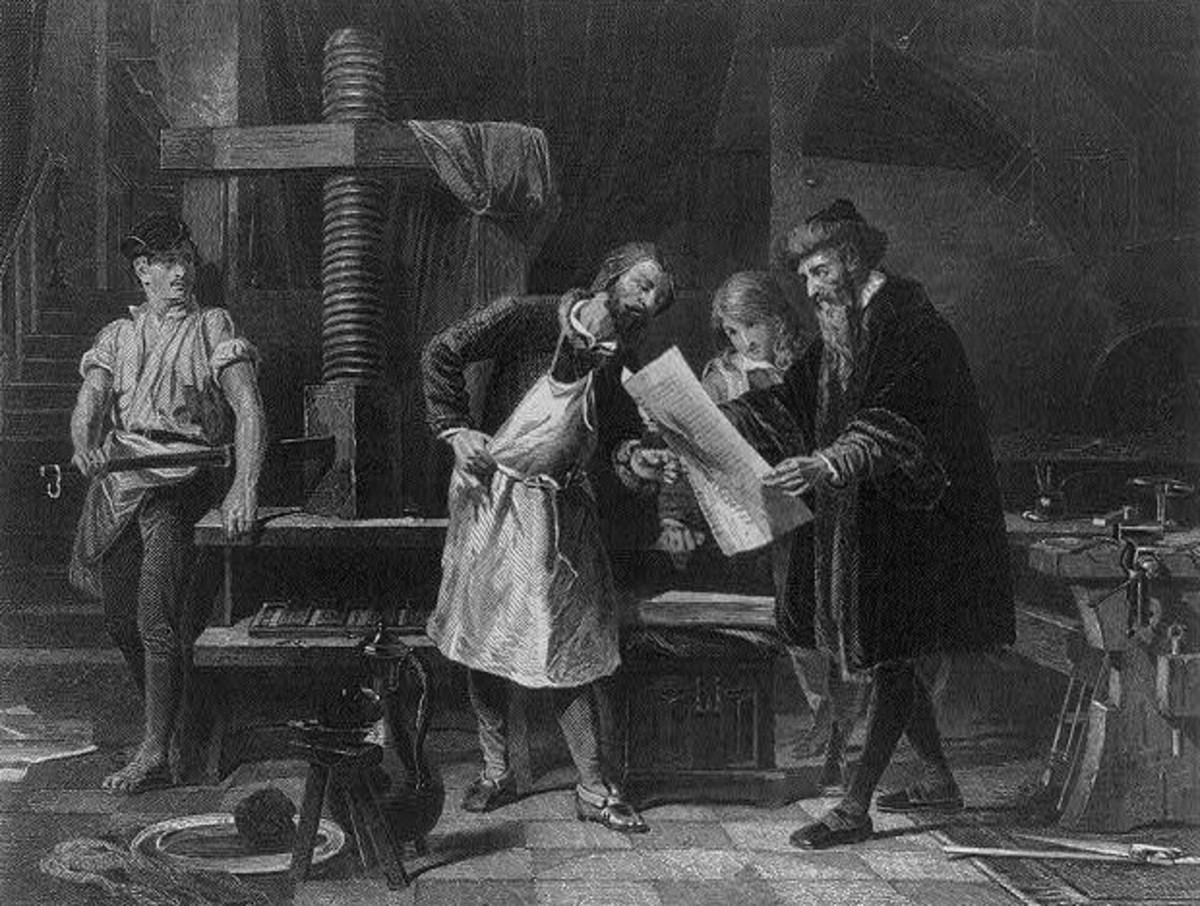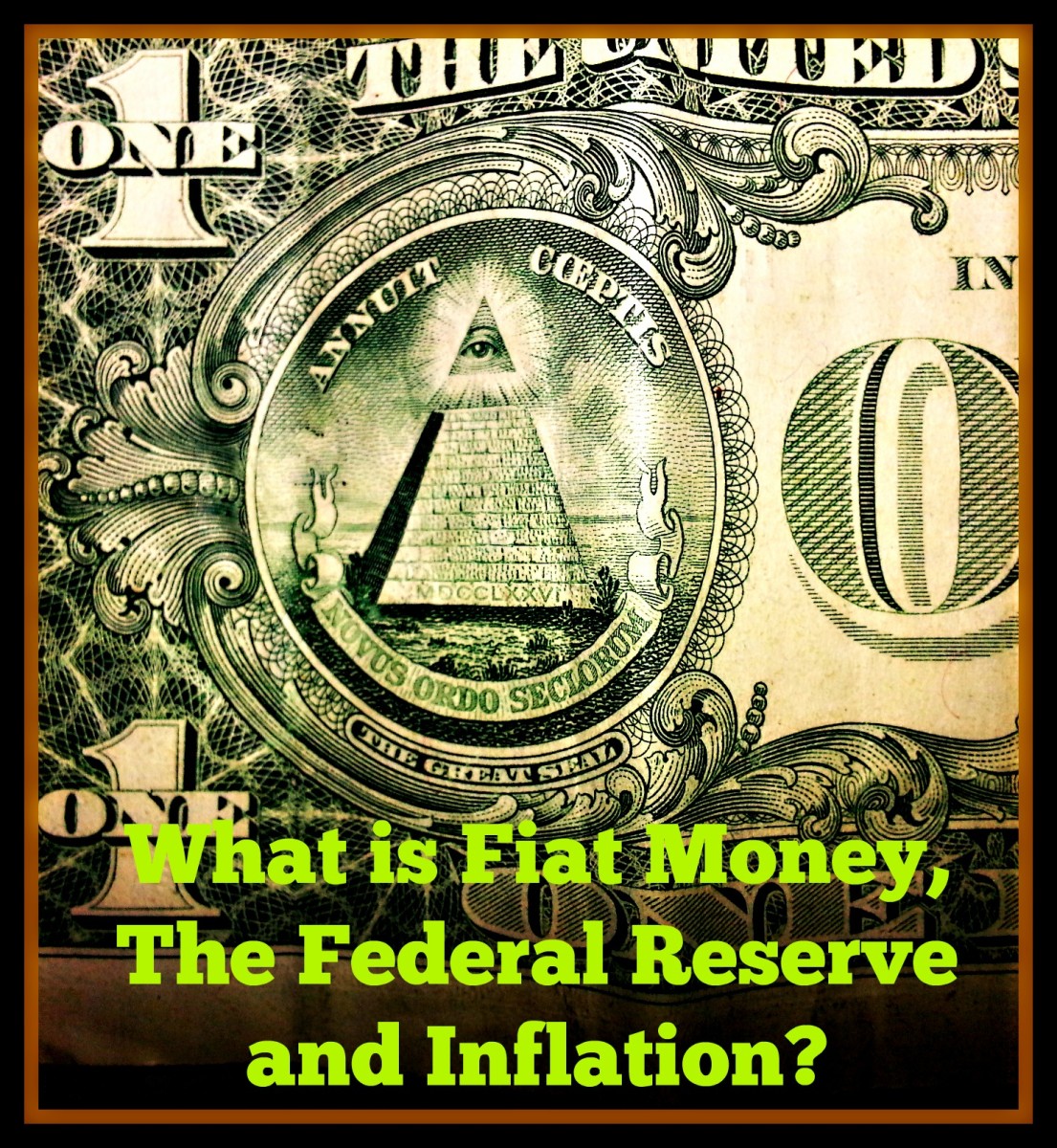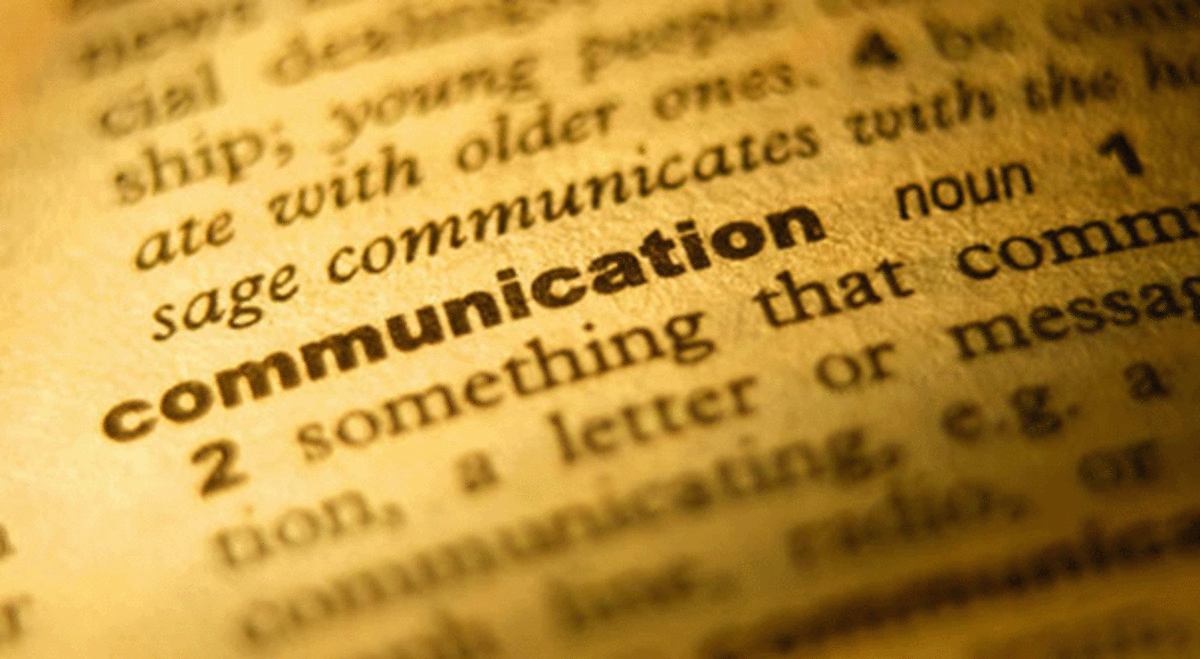History of Communication

Communication
History of Communication.
The history of “communication” back to 50,000 BC, and the first mean of transformation was voice but symbols and images were also used to portray information. Thinking about the cave dweller who was using body language to communicate even more by using noise and grunts. Communication was even taking place before human being developed spoken or written language. Approximately 3200 years BC, to somehow, in Iraq and Egypt, writing was started. But it varies in different civilization and these civilizations started writing at their own different from others. Before engraving on paper, papyrus or parchment were used to write.
Spoken language made the people able to communicate, exchange ideas, coordinate and solution to their common issues effectively. Of course, there are significant milestones that human being passed to reach this prestigious state of communication. The biggest invention about 1600 BC was of alphabets in somewhere which is not Israel and Lebanon. As alphabets were recognized, people used to send their loved ones in form of postal letters. China had a very strong postal system in ancient times and the Governments used this system to send their official messeges through this postal system. In different ancient civilizations i.e. China, Greece, India and Egypt used this communication mode. About 200 BC, Chines invented paper which became the need of every society.
As we peep into the history of communication during 1500 to 1800, the major invention with others, was “printing”. The Chinese invented it and printed the first book named Diamond Sutra. It was followed in the Europe in the mid of 15th Century where Johannes Gutenberg invented the printing press.
The invention of Printing Press made the book business much cheaper ever before. Newspaper, first time in history was printed in 17th century in 1641 in England. Later on, postal services in different states and countries were started. In the start, receiver used to pay postal charges, but in 1840, Rowland Hill invented the Penny Post. As this postal system grew, Universal Postal Union was established in 1874. In 1837, Telegraph, a modern mode of communication at that time, was invented that facilitated the people to communicate more easily and get replies more early than before. In 1843, Fax Machine was invented that made communication more easy for the people. Later on, Telephone was invented which revolutionized the field of communication. Radio broadcasting gave new ideas to communicate free of wires. In 1922, when BBC was formed, Radio broadcasting started in England. And till 1933, half of the British Households had a radio.
In 1925, another great by John Logie Baird source of communication, Television was invented. Till the invention of cellphone, different effective changes were made that made the present television. First cellphone was invented by Martin Cooper in 1973 and the first commercial text was sent in 1992.
Communication
History of Communication.
The history of “communication” back to 50,000 BC, and the first mean of transformation was voice but symbols and images were also used to portray information. Thinking about the cave dweller who was using body language to communicate even more by using noise and grunts. Communication was even taking place before human being developed spoken or written language. Approximately 3200 years BC, to somehow, in Iraq and Egypt, writing was started. But it varies in different civilization and these civilizations started writing at their own different from others. Before engraving on paper, papyrus or parchment were used to write.
Spoken language made the people able to communicate, exchange ideas, coordinate and solution to their common issues effectively. Of course, there are significant milestones that human being passed to reach this prestigious state of communication. The biggest invention about 1600 BC was of alphabets in somewhere which is not Israel and Lebanon. As alphabets were recognized, people used to send their loved ones in form of postal letters. China had a very strong postal system in ancient times and the Governments used this system to send their official messeges through this postal system. In different ancient civilizations i.e. China, Greece, India and Egypt used this communication mode. About 200 BC, Chines invented paper which became the need of every society.
As we peep into the history of communication during 1500 to 1800, the major invention with others, was “printing”. The Chinese invented it and printed the first book named Diamond Sutra. It was followed in the Europe in the mid of 15th Century where Johannes Gutenberg invented the printing press.
The invention of Printing Press made the book business much cheaper ever before. Newspaper, first time in history was printed in 17th century in 1641 in England. Later on, postal services in different states and countries were started. In the start, receiver used to pay postal charges, but in 1840, Rowland Hill invented the Penny Post. As this postal system grew, Universal Postal Union was established in 1874. In 1837, Telegraph, a modern mode of communication at that time, was invented that facilitated the people to communicate more easily and get replies more early than before. In 1843, Fax Machine was invented that made communication more easy for the people. Later on, Telephone was invented which revolutionized the field of communication. Radio broadcasting gave new ideas to communicate free of wires. In 1922, when BBC was formed, Radio broadcasting started in England. And till 1933, half of the British Households had a radio.
In 1925, another great by John Logie Baird source of communication, Television was invented. Till the invention of cellphone, different effective changes were made that made the present television. First cellphone was invented by Martin Cooper in 1973 and the first commercial text was sent in 1992.
Communication
History of Communication.
The history of “communication” back to 50,000 BC, and the first mean of transformation was voice but symbols and images were also used to portray information. Thinking about the cave dweller who was using body language to communicate even more by using noise and grunts. Communication was even taking place before human being developed spoken or written language. Approximately 3200 years BC, to somehow, in Iraq and Egypt, writing was started. But it varies in different civilization and these civilizations started writing at their own different from others. Before engraving on paper, papyrus or parchment were used to write.
Spoken language made the people able to communicate, exchange ideas, coordinate and solution to their common issues effectively. Of course, there are significant milestones that human being passed to reach this prestigious state of communication. The biggest invention about 1600 BC was of alphabets in somewhere which is not Israel and Lebanon. As alphabets were recognized, people used to send their loved ones in form of postal letters. China had a very strong postal system in ancient times and the Governments used this system to send their official messeges through this postal system. In different ancient civilizations i.e. China, Greece, India and Egypt used this communication mode. About 200 BC, Chines invented paper which became the need of every society.
As we peep into the history of communication during 1500 to 1800, the major invention with others, was “printing”. The Chinese invented it and printed the first book named Diamond Sutra. It was followed in the Europe in the mid of 15th Century where Johannes Gutenberg invented the printing press.
The invention of Printing Press made the book business much cheaper ever before. Newspaper, first time in history was printed in 17th century in 1641 in England. Later on, postal services in different states and countries were started. In the start, receiver used to pay postal charges, but in 1840, Rowland Hill invented the Penny Post. As this postal system grew, Universal Postal Union was established in 1874. In 1837, Telegraph, a modern mode of communication at that time, was invented that facilitated the people to communicate more easily and get replies more early than before. In 1843, Fax Machine was invented that made communication more easy for the people. Later on, Telephone was invented which revolutionized the field of communication. Radio broadcasting gave new ideas to communicate free of wires. In 1922, when BBC was formed, Radio broadcasting started in England. And till 1933, half of the British Households had a radio.
In 1925, another great by John Logie Baird source of communication, Television was invented. Till the invention of cellphone, different effective changes were made that made the present television. First cellphone was invented by Martin Cooper in 1973 and the first commercial text was sent in 1992.








